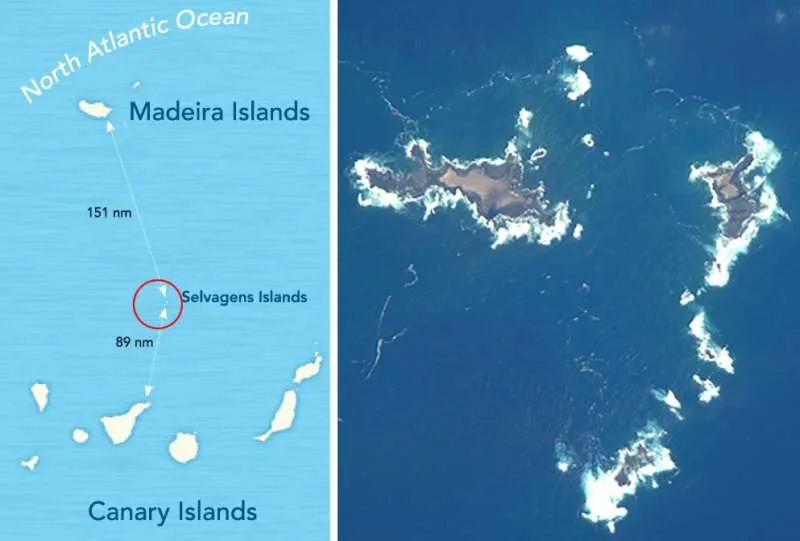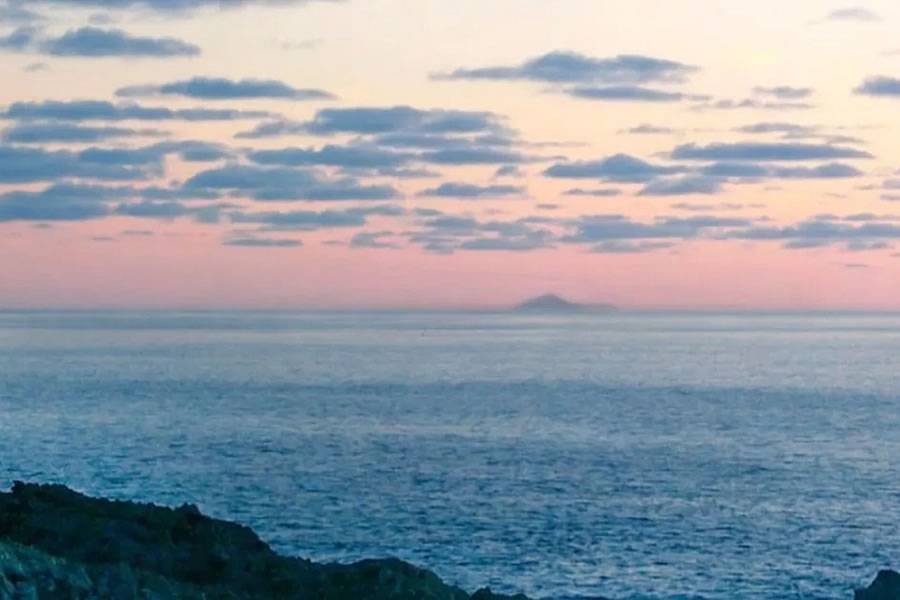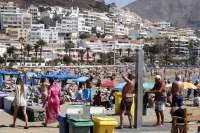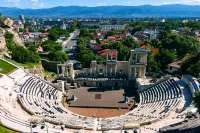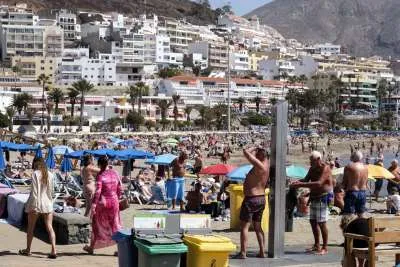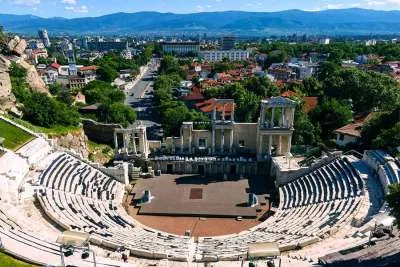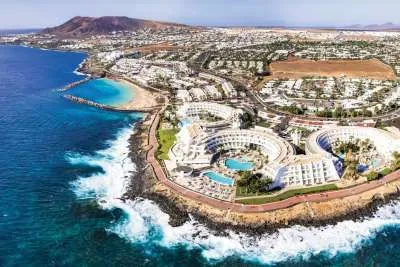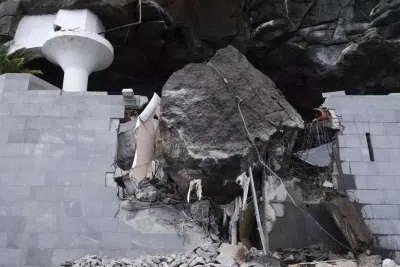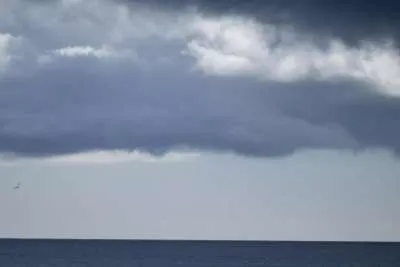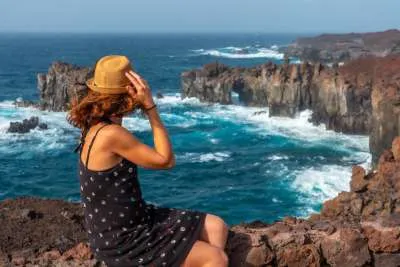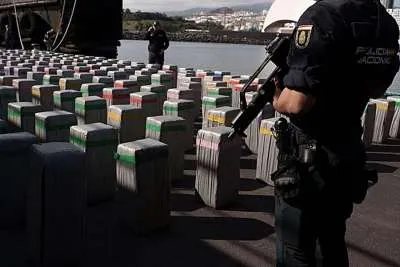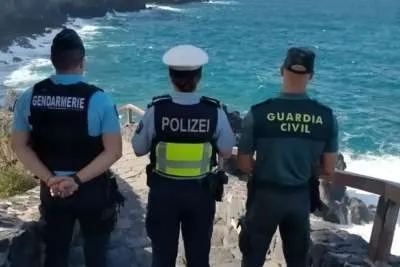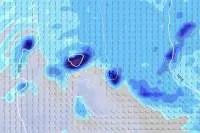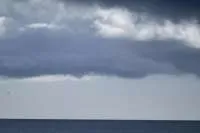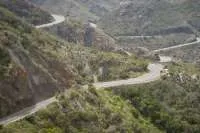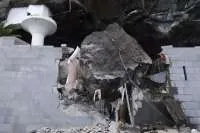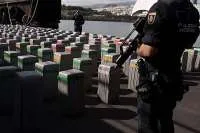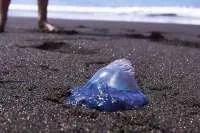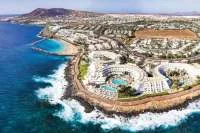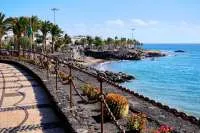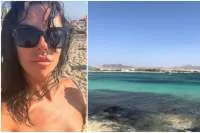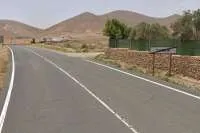The only place in the world you can see Mount Teide outside the Canary Islands
- 27-06-2024
- Travel
- Canarian Weekly
Mount Teide, the highest peak in Spain and an iconic symbol of Tenerife, serves as a crucial reference point for Atlantic sailors due to its prominence as the tallest peak in Macaronesia. However, despite its towering presence of 3,718 metres, there is only place outside of the Canary Islands that it can be seen from.
It cannot be seen from the Azores, which are situated too far northwest, nor from Cape Verde, located south of the Canary Islands near the Senegalese coast. But there is a lesser-known fifth archipelago nestled between the Canaries and Madeira.
These are the Sevagens Islands, known as the Savage Islands, an uninhabited Portuguese territory that covers just 2.73 square kilometres. Despite their small size, these islands boast a remarkable diversity of flora and fauna. Positioned approximately 150km from the Canary Islands and nearly 300km from Madeira, the Savage Islands offer a unique vantage point.
To see Tenerife from the African coast, one would have to overcome more than 200km of distance and the varying terrain of the other islands, all while being at sea level.
Thus, the Savage Islands are the only location outside the Canary Islands where one can glimpse the silhouette of Mount Teide on the horizon. The best place is at the peak of Atalaia, the highest point on the Savage Grande Island, standing at a modest 163 metres.
A 19th Century Explorer's Perspective
In the early 19th century, the sight of Teide from afar was a striking experience for chronicler José Agustín Álvarez Rixo, who captured this view in a watercolour painting dated May 14th, 1814. Born in Puerto de la Cruz, this versatile historian and later mayor of his hometown frequently illustrated his works with drawings, including the watercolour depicting Teide from the Savage Islands, with a ship in the foreground.
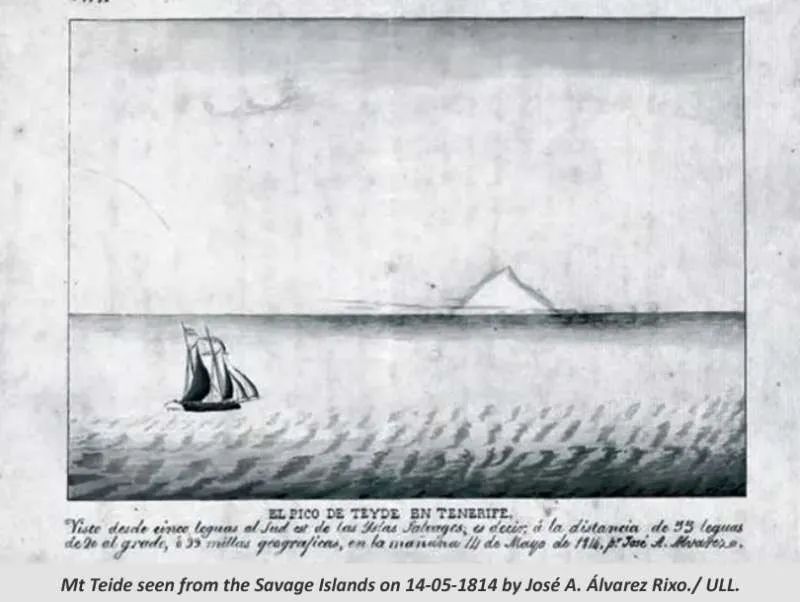
Rixo noted in his manuscripts, "And from here you can see El Teide and even the Frontón de Naga on clear days... The peak of this island is the only land visible from the Savage Islands on clear days." These manuscripts, housed in the archive of the University of La Laguna (ULL), also document the commercial relationship between the Canary Islanders and the Madeirans concerning the Savage Islands.
Soap Ash and Dye Lichen: Historical Trade
From the late 18th century to the mid-19th century, Álvarez Rixo documented the contractual relationships between the Madeiran landowners of the Savage Islands, detailing the duration, types of use, costs, and remuneration. The primary crops were soapwort and orchil lichen, highly valued in European markets at the time.
Soapwort was used to produce caustic soda, essential for the artisanal production of quality soaps, textiles, and glass. The plants were collected, dried, and burned in kilns to produce ash rich in alkaline salts.
With the growth of the English textile sector, the export of both soapwort and the dye-producing lichens, known as orchil, boosted the economy of the Macaronesian archipelagos. This prosperity lasted until the mid-19th century when these materials were largely replaced by chemical processes and alternatives like cochineal, an American insect used to produce a red dye.
This historical interplay of geography, exploration, and commerce highlights the unique role of the Savage Islands and their connection to the iconic Mount Teide.
